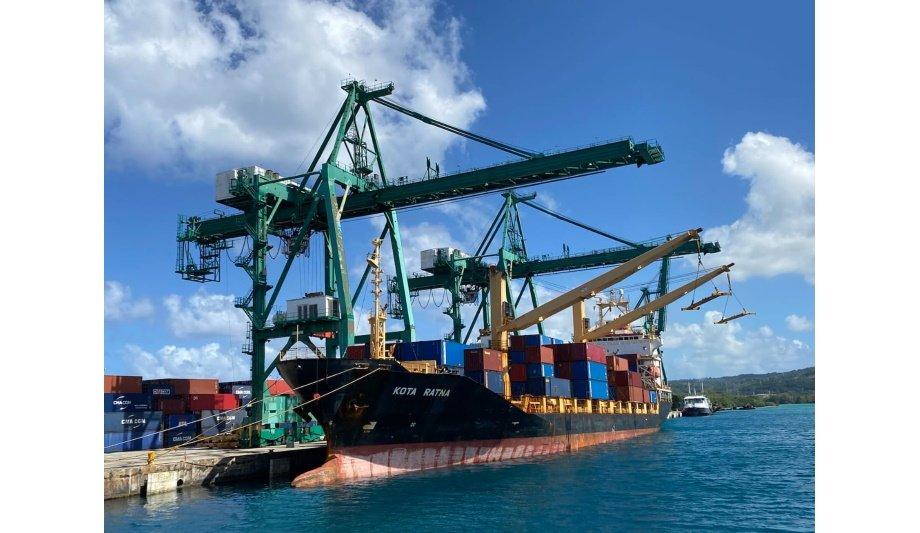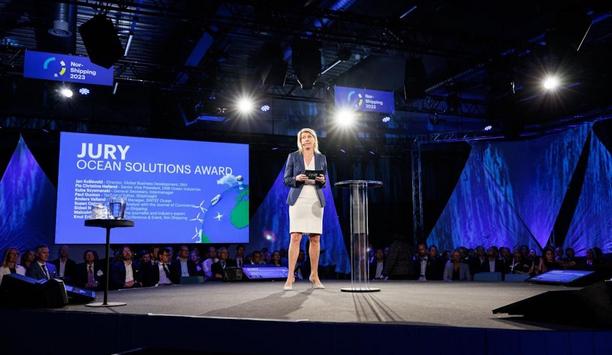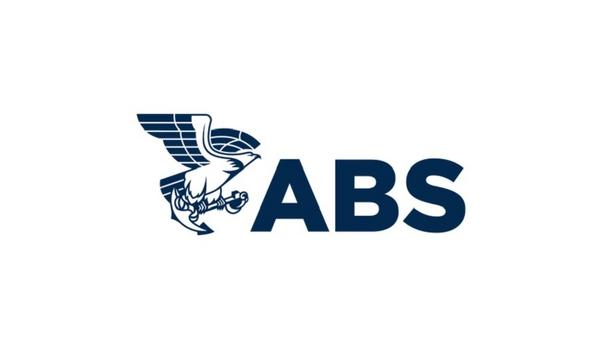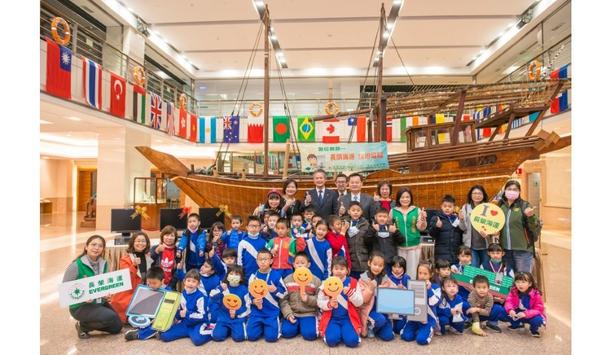Nestled in the North Pacific Ocean and the largest of the Micronesian islands is Guam, an unincorporated territory of the United States of America (USA). There are two main drivers of trade in this island nation in the Pacific Ocean, the US military presence and tourism.
The current population of Guam stands at about 170,000 people, with this number expected to increase slightly by 2024, as 5,000 US Marine personnel and their families will be relocated to Guam from Okinawa, Japan.
Guam, a key gateway to other islands in the region
This relocation is expected to have an impact on the economy, as well as the construction industry, with the need to increase housing facilities. Imports of food and supplies are also expected to increase with the population growth. Like several other countries around the world, Guam has also been affected by COVID-19, crippling its tourism industry.
The import commodities comprise general supermarket produce, such as rice, juices, alcohol, long-life milk
The island nation also serves as an important gateway for air and sea travel into the Northern Mariana Islands, Federated States of Micronesia, Palau and the Marshall Islands. Food accounts for about 30% of Guam’s imports and these are primarily from countries in the Asia Pacific region, such as China, Taiwan, The Philippines, Hong Kong, Thailand, Singapore, New Zealand and Australia.
The import commodities comprise general supermarket produce, such as rice, juices, alcohol, long-life milk. Other products that are imported include construction and building materials, to support the booming construction industry, including cement, asphalt, scaffolding equipment, and etc.
Guam’s main export is scrap metal, including scrap iron
The main export out of Guam is scrap metal, with scrap iron accounting for more than US$ 4 million in exports, to countries in the region. Scrap metal is a boon to recycling and the environment.
It is a sought-after commodity, which is used extensively in the construction industry, for building roads and bridges. It is also used in the manufacture of cars and aircrafts, as well as the manufacture of furniture that is aesthetically pleasing and durable.
Major shipping liners, such as MELL, transport essential cargo
As Guam is not located along major trade routes, it is dependent on shipping liners, such as Mariana Express Lines (MELL), a subsidiary of Pacific International Lines (PIL), to transport essential cargo regularly, in order to meet the needs of the population.
MELL has been active in Guam for more than 24 years, covering ports in Asia and Oceania. Serving a very small market presents its own set of challenges, but MELL’s stability and reliability has worked in its favour.
COVID-19 causes surge in imports of PPE to Guam
Currently, MELL has a fortnightly service to Guam, with an average cargo capacity of around 200 TEUs
Currently, MELL has a fortnightly service to Guam, with an average cargo capacity of around 200 TEUs. MELL makes timely deliveries of essential cargo, in order to ensure supermarkets are well stocked at all times. COVID-19 has also seen a surge in imports of Personal Protective Equipment - PPE, such as gloves, masks, hand sanitizers, and medical supplies.
Keeping the supply chain flowing is crucial to the Guam population and the surrounding islands of Saipan, Yap and Palau. MELL has helped to source for alternative suppliers, so as to ensure products were delivered on time, due to longer delivery times, with COVID-19 related delays.
Focus on other key markets in the Northern Pacific Islands
With Guam as a key market, MELL also focuses on other niche markets in the Northern Pacific Islands, including Chuuk, Ebeye, Koror, Kosrae, Majuro, Pohnpei, Saipan and Yap. There are currently three services which MELL operates in the region:
- Micronesia Express Service (MXS) – Connecting Hong Kong and Kaohsiung to Guam, Saipan, Yap and Koror, with an average cargo capacity of 500 TEUs.
- Majuro South Pacific (MSP) – Linking South China (Nansha, Hong Kong and Shekou) to the South Pacific Islands, with an average cargo capacity of 850 TEUs.
- East Micronesia Express Service (EMS) – Covering the Micronesia islands of Guam, Chuuk, Pohnpei, Kosrae, Majuro and Ebeye, with an average cargo capacity of around 100 TEUs.
MELL drives local infrastructure development and cargo delivery
As a whole, MELL is participating in and growing with the Northern Pacific Islands, by contributing to the development of local infrastructure, and delivering relevant cargo, for the region’s military and tourism industries.
With significant construction projects ongoing at the islands, MELL plays a key role in shipping building materials for residential, commercial and hotel projects.










